Cause: Norovirus
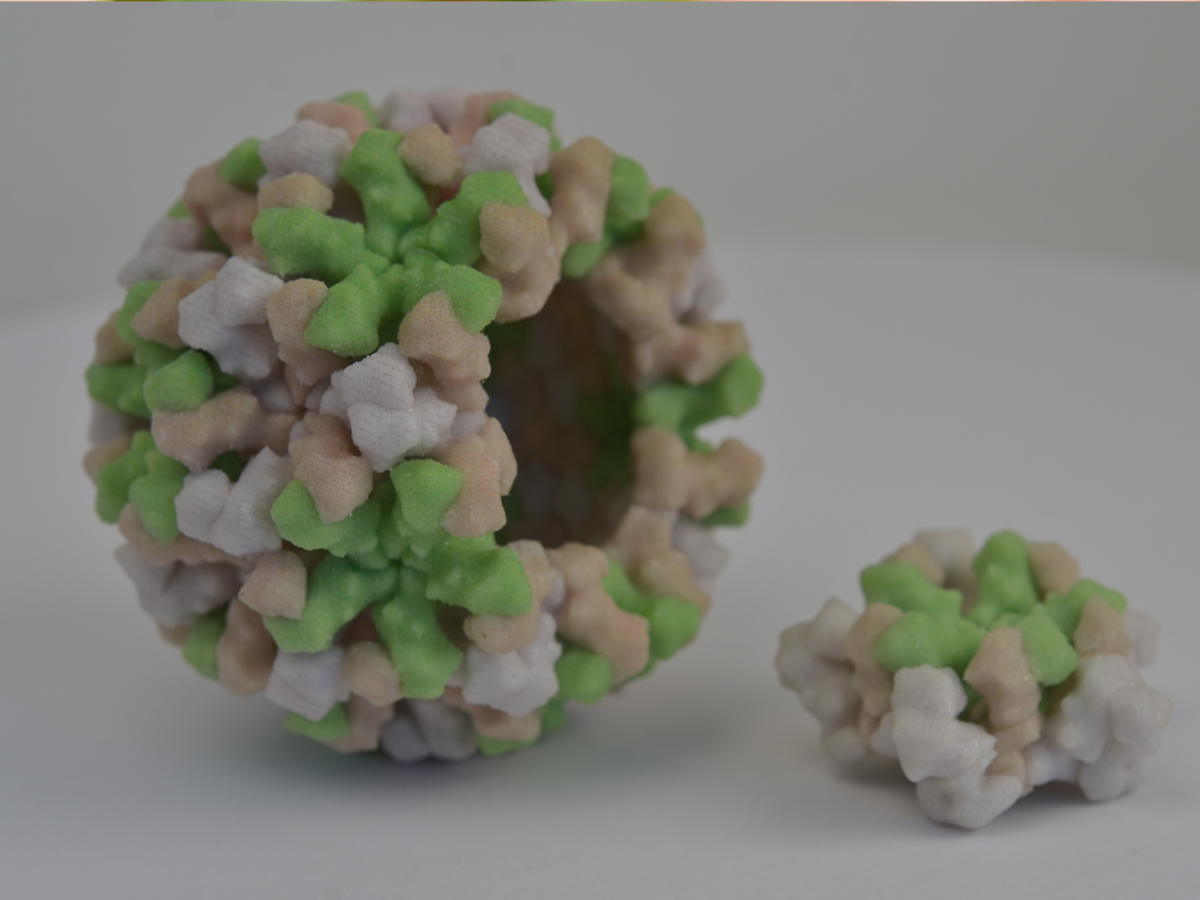
Norovirus is a highly contagious virus that causes gastroenteritis, or inflammation of the stomach and intestines. It's important to understand that norovirus is not related to bacteria or other foodborne illnesses, although its symptoms often mimic them, leading to frequent misdiagnosis.
This distinction is critical because treatment for bacterial infections, such as antibiotics, is ineffective against norovirus. Norovirus is a calicivirus, and there are many different strains, which means that getting infected with one strain doesn't provide immunity against others. This explains why people can experience multiple norovirus infections throughout their lives. The virus is remarkably resilient and can survive on surfaces for extended periods, contributing to its easy spread.
Cause: COVID-19
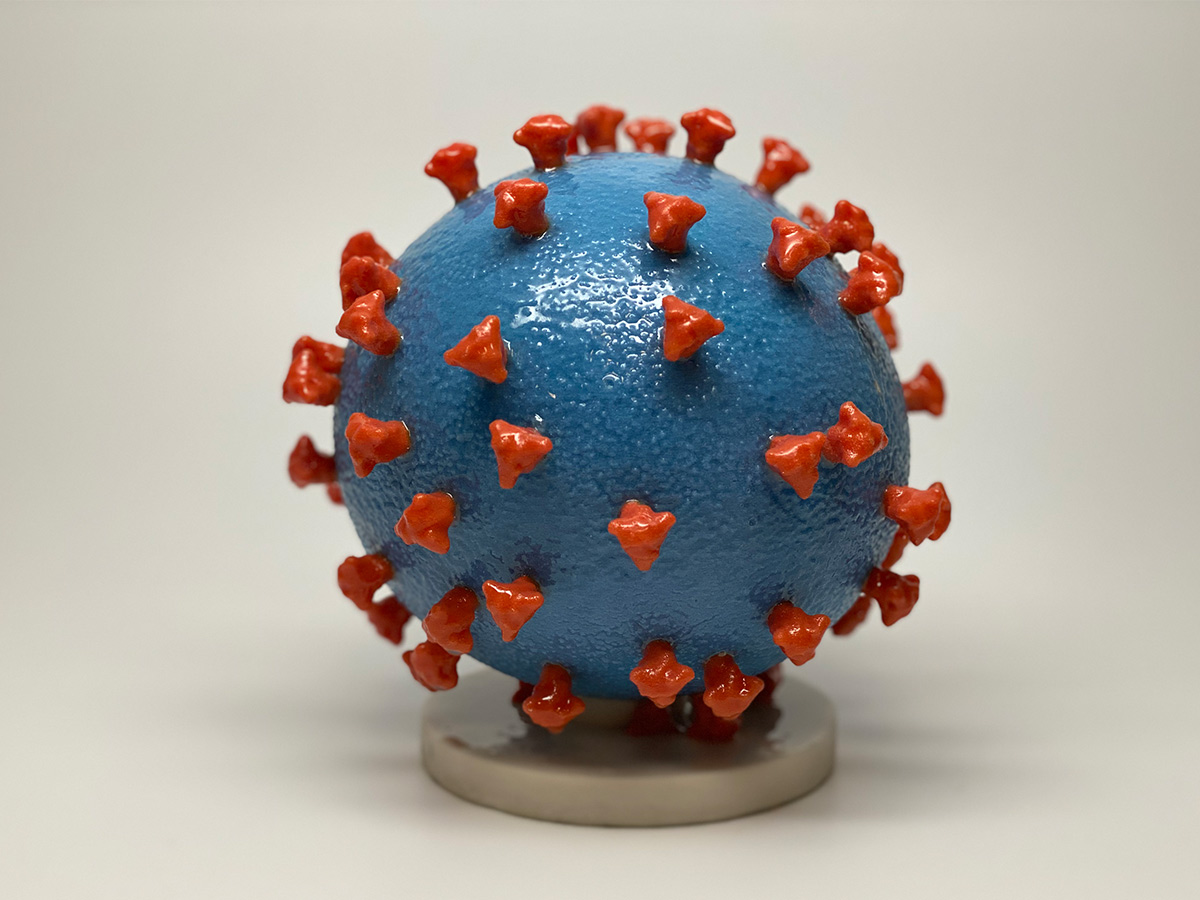
COVID-19 is caused by the SARS-CoV-2 virus, a novel coronavirus that primarily attacks the respiratory system. However, it's now recognized that COVID-19 can also affect other organ systems, including the cardiovascular system, nervous system, and even the gastrointestinal tract.
The virus is constantly evolving, leading to new variants with different characteristics in terms of transmissibility and severity. Understanding these variants is crucial for developing effective public health strategies.
Cause: Flu
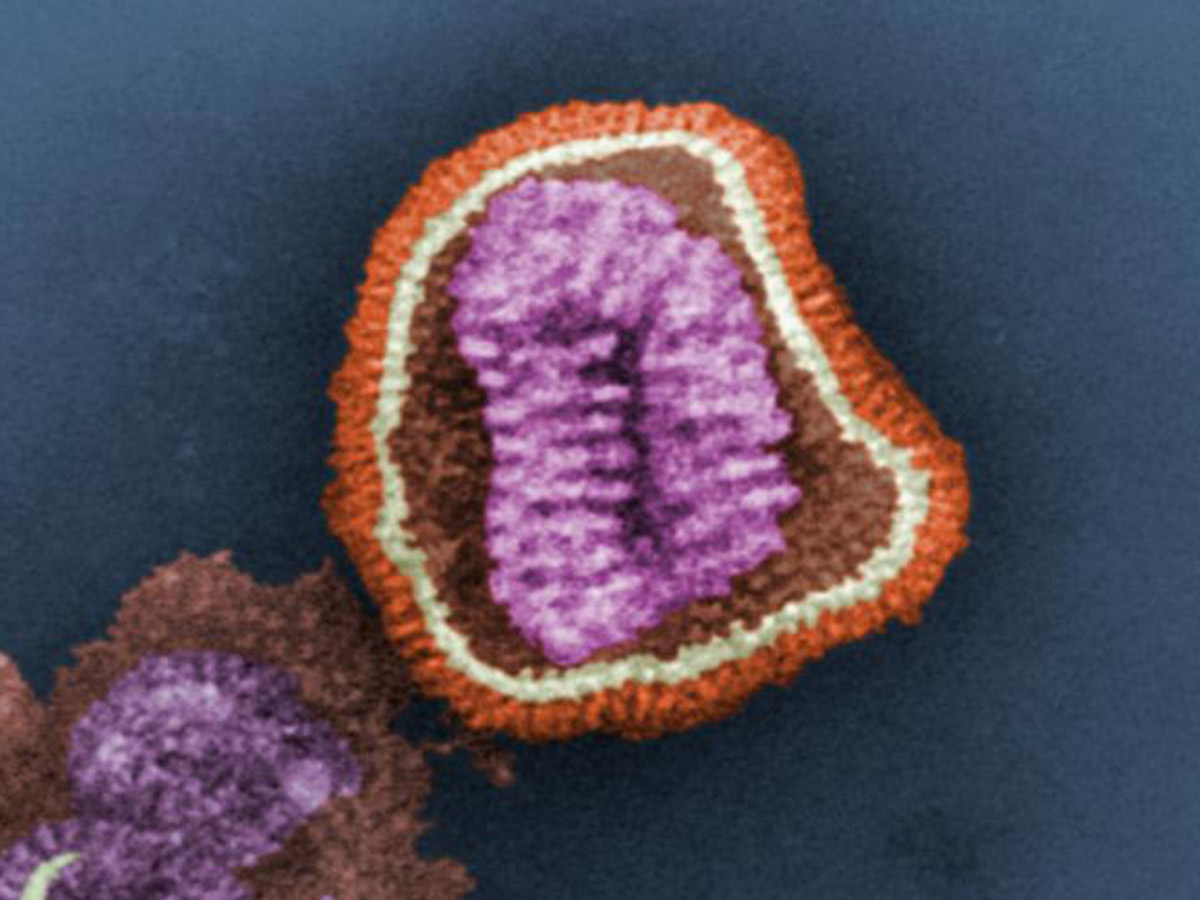
The flu is caused by influenza viruses, primarily influenza A and B strains. These viruses are constantly evolving, which is why annual vaccination is necessary. The changes in the virus can be minor (antigenic drift) or major (antigenic shift).
These changes allow the viruses to evade the immune system, making people susceptible to infection even if they have been previously infected or vaccinated. This constant evolution is why the flu vaccine is reformulated annually to target the strains predicted to be circulating in the upcoming season.
Primary Symptoms: Norovirus

Norovirus symptoms include nausea, vomiting, diarrhea, and stomach cramps. It is often referred to as the “stomach flu,” though it is unrelated to influenza. The rapid onset of vomiting and diarrhea can lead to dehydration, particularly in young children and older adults.
The vomiting and diarrhea can be projectile and frequent, leading to dehydration if fluids are not replaced adequately. While these are the most common symptoms, some individuals may also experience low-grade fever, chills, headache, and body aches. It's important to note that the severity of symptoms can vary from person to person.
Primary Symptoms: COVID-19
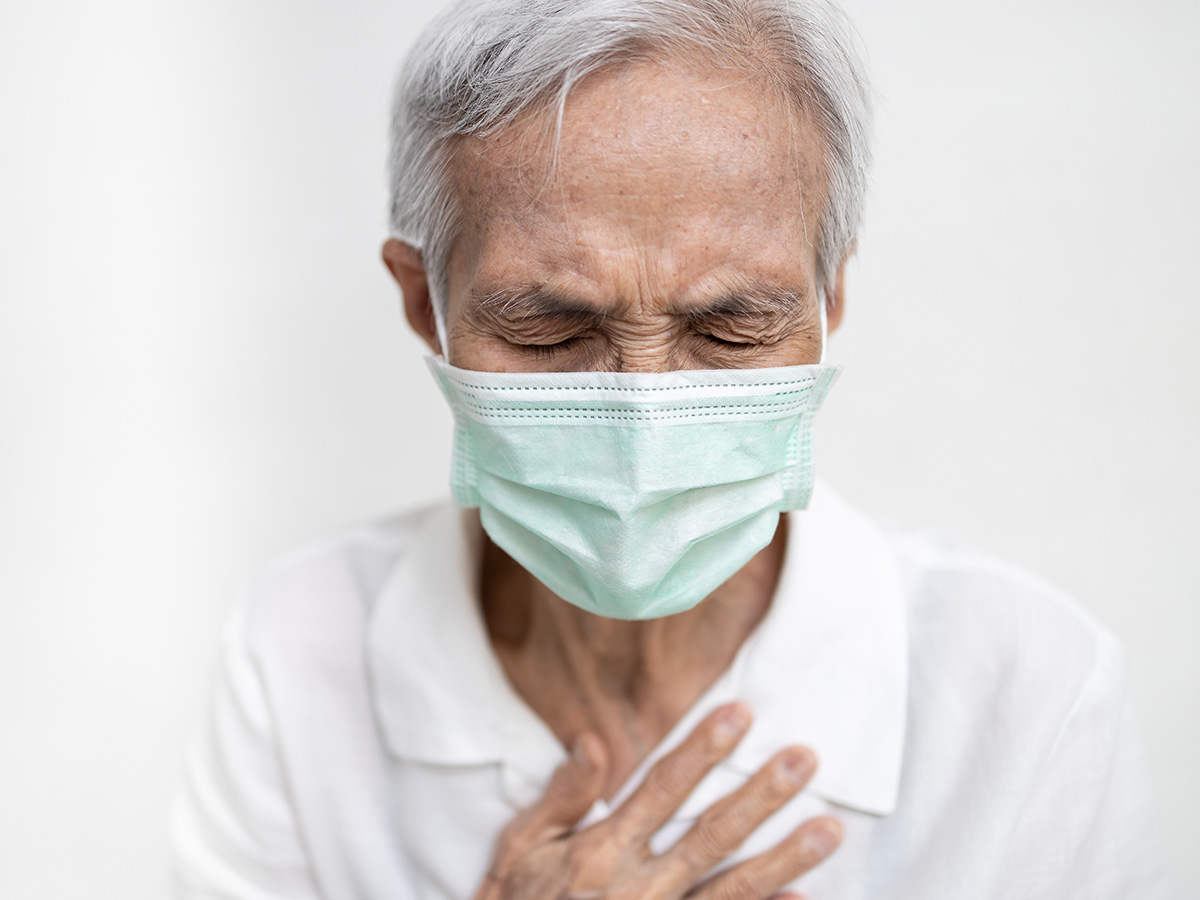
COVID-19 symptoms vary widely but commonly include fever, cough, fatigue, and shortness of breath. Many experience a loss of taste or smell, which is a distinguishing symptom. In severe cases, it can cause difficulty breathing and lead to complications like pneumonia or organ failure.
Other less common symptoms can include headache, congestion, runny nose, nausea, vomiting, and diarrhea. The variability in symptoms makes diagnosis challenging, as COVID-19 can mimic other respiratory illnesses.
Primary Symptoms: Flu

Flu symptoms include fever, chills, muscle aches, sore throat, runny nose, and cough. The flu can hit suddenly, leaving individuals feeling exhausted and bedridden. While most cases resolve on their own, severe flu can lead to hospitalization and even death in vulnerable populations.
These symptoms tend to come on quickly, often within a few hours. The fever associated with the flu can be quite high, and the muscle aches can be severe. Distinguishing the flu from a common cold can be challenging, but the flu is generally more severe and characterized by a more rapid onset of symptoms.
Duration of Illness: Norovirus

Norovirus typically runs its course within 1-3 days. While unpleasant, it's usually a short-lived illness. The rapid onset and relatively short duration are key distinguishing factors compared to other gastrointestinal illnesses.
However, even after symptoms subside, individuals can still be contagious for several days, highlighting the importance of continued hygiene practices after recovery. Dehydration is a significant concern with norovirus, especially in young children, the elderly, and those with underlying health conditions, so prompt rehydration is crucial.
Duration of Illness: COVID-19

The duration of COVID-19 varies significantly. Mild cases may resolve within a few days, while severe cases can last for weeks or even months, with some individuals experiencing long-term effects ("long COVID").
Long COVID can manifest in a variety of ways, including fatigue, brain fog, shortness of breath, and persistent pain. The long-term effects of COVID-19 are still being studied, and the full impact on long-term health is not yet fully understood.
Duration of Illness: Flu

The flu usually lasts for 5-7 days, though fatigue and cough may linger for a week or two longer. Even after the acute symptoms subside, individuals may experience lingering fatigue and weakness. This prolonged recovery period is a characteristic of the flu and can impact daily activities, making it difficult to return to normal routines immediately.
Some people, especially older adults or those with underlying health conditions, may take even longer to regain full strength. During this time, rest and proper hydration are essential for recovery. Additionally, complications such as sinus infections, bronchitis, or pneumonia can extend the illness further, requiring medical attention. It’s important to monitor symptoms carefully and seek care if they worsen or persist beyond the usual recovery timeline.
Transmission: Norovirus

Norovirus spreads easily through several routes, including contaminated food or water, by touching contaminated surfaces, or through close contact with an infected individual. Its highly contagious nature makes outbreaks common, especially in closed environments like cruise ships, schools, and nursing homes.
The virus can be present in the stool and vomit of infected individuals, and even microscopic amounts can cause infection. This emphasizes the importance of thorough handwashing and proper sanitation practices to prevent the spread. Food can become contaminated at any point during production, processing, or preparation, so careful food handling is essential.
Transmission: COVID-19

COVID-19 spreads mainly through respiratory droplets and aerosols produced when an infected person coughs, sneezes, or talks. It can also spread through contact with contaminated surfaces, although this is thought to be less common than airborne transmission.
The risk of transmission is highest when individuals are in close proximity to an infected person, especially in poorly ventilated indoor spaces.
Transmission: Flu

The flu spreads through respiratory droplets released when an infected person coughs, sneezes, or talks. These droplets can travel several feet through the air and be inhaled by people nearby, making close contact a major risk factor for transmission. Crowded indoor environments, such as schools, workplaces, and public transportation, increase the likelihood of spreading the virus.
It can also be contracted by touching contaminated surfaces, such as doorknobs, keyboards, and shared utensils, and then touching the face, particularly the mouth, nose, or eyes. The flu is highly contagious, especially in the first few days. Proper hygiene, such as frequent handwashing, disinfecting commonly touched surfaces, and avoiding close contact with infected individuals, can help reduce the risk. Wearing masks during flu season, particularly in high-risk settings, provides an additional layer of protection.
Onset: Norovirus

Symptoms appear 12-48 hours after exposure, often striking suddenly and severely. This short incubation period means that outbreaks can occur quickly, and a large number of people can become ill in a short period. Because the virus spreads so easily and the incubation period is short, it can be challenging to pinpoint the exact source of an outbreak.
Schools, cruise ships, nursing homes, and other crowded environments are especially vulnerable to fast-spreading outbreaks. Because norovirus is highly contagious and can spread through contaminated food, water, surfaces, and direct person-to-person contact, pinpointing the exact source of an outbreak is often difficult. Asymptomatic carriers—people who have been infected but do not show symptoms—can still spread the virus.
Onset: COVID-19

Symptoms can appear anywhere from 2-14 days after exposure, making it possible to unknowingly transmit the virus. This incubation period is a crucial factor in the spread of COVID-19, as individuals can be contagious before they even realize they are infected. This highlights the importance of testing and isolation to prevent further transmission.
Quarantining after potential exposure is also important, as it prevents unknowingly passing the virus to others. Plus, COVID-19 variants have further influenced the incubation period and transmissibility, reinforcing the need for ongoing vigilance. The combination of a long incubation period and the potential for silent spread underscores why preventive measures—such as vaccination, masking in high-risk settings, and social distancing—remain critical in reducing infections.
Onset: Flu
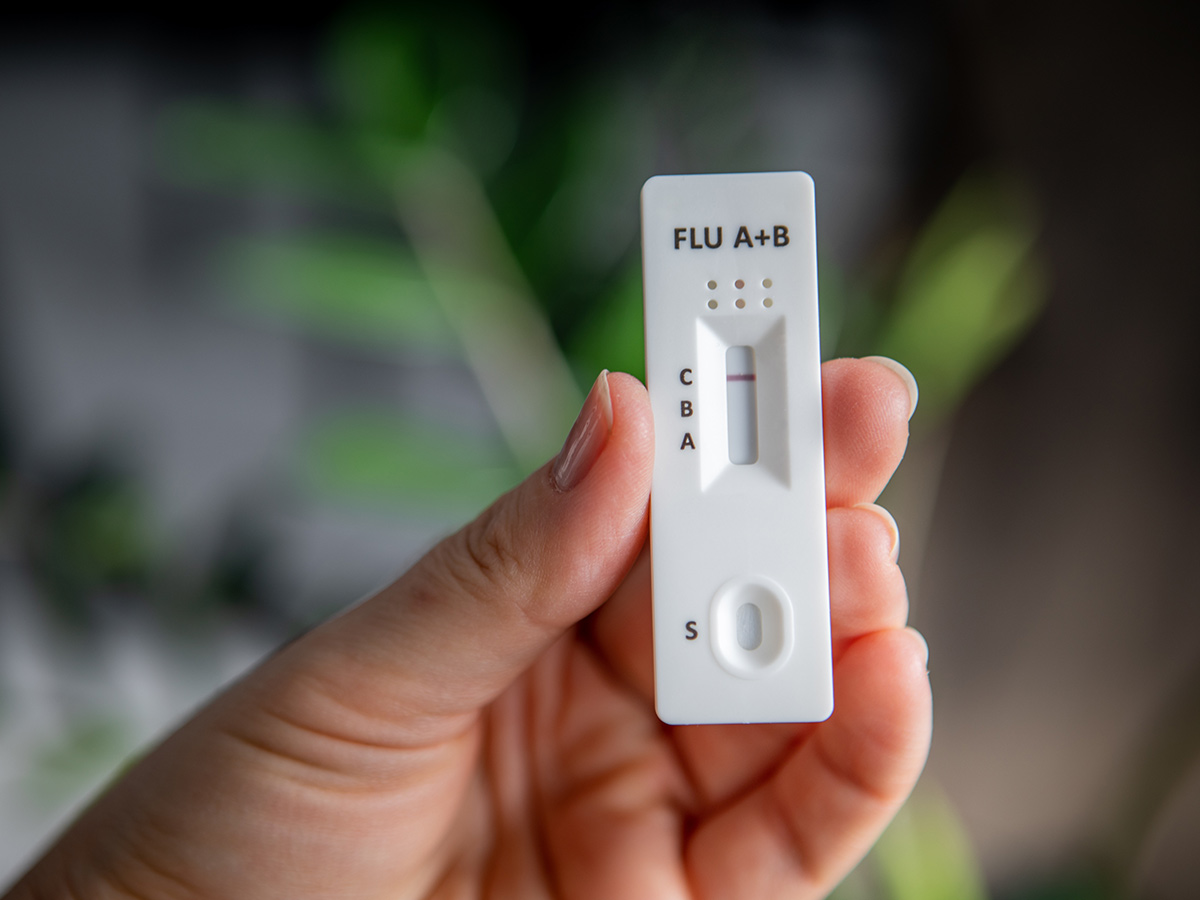
Symptoms usually develop 1-4 days after exposure. This relatively short incubation period contributes to the rapid spread of the flu within communities. Individuals may be contagious before they even experience symptoms, making it difficult to contain outbreaks.
Because of this quick spread, flu seasons can escalate rapidly, overwhelming healthcare facilities. Preventative measures like annual flu vaccinations, frequent handwashing, and staying home when feeling unwell are essential in limiting transmission and protecting vulnerable populations from severe complications.
Impact Area: Norovirus
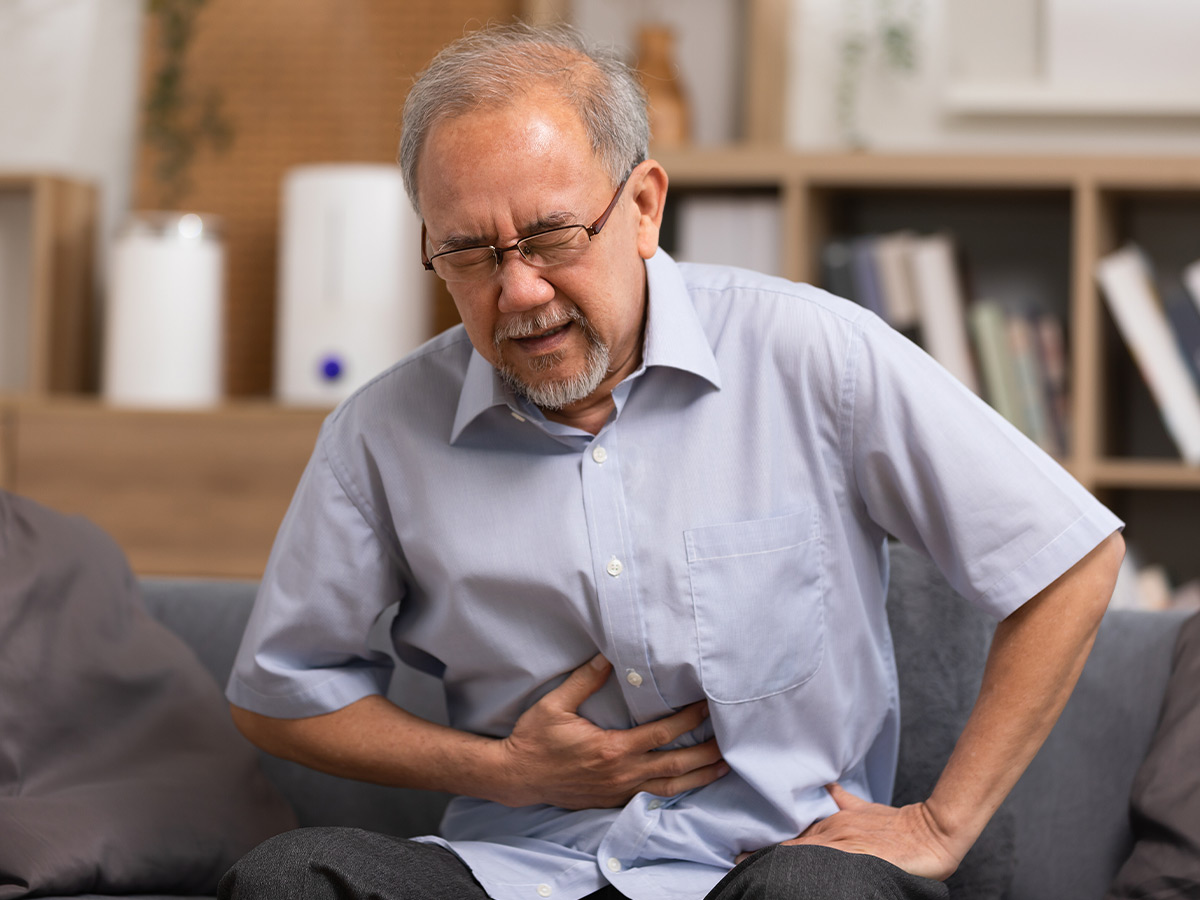
Norovirus primarily affects the digestive system, leading to gastroenteritis with severe vomiting and diarrhea. Inflammation is one of the most common and noticeable symptoms of the virus, so don't be shocked if you have a lingering stomach ache.
The inflammation affects the lining of the stomach and intestines, interfering with the absorption of fluids and nutrients, resulting in diarrhea and vomiting. This disruption can also lead to electrolyte imbalances, which can cause further complications.
Impact Area: COVID-19

COVID-19 primarily targets the respiratory system, causing inflammation and potentially leading to pneumonia or acute respiratory distress syndrome (ARDS). However, it can also impact the cardiovascular system, nervous system, and other organs.
This impact leads to a range of complications, including blood clots, heart inflammation, and neurological problems. The multi-system impact of COVID-19 distinguishes it from other respiratory viruses like the flu.
Impact Area: Flu
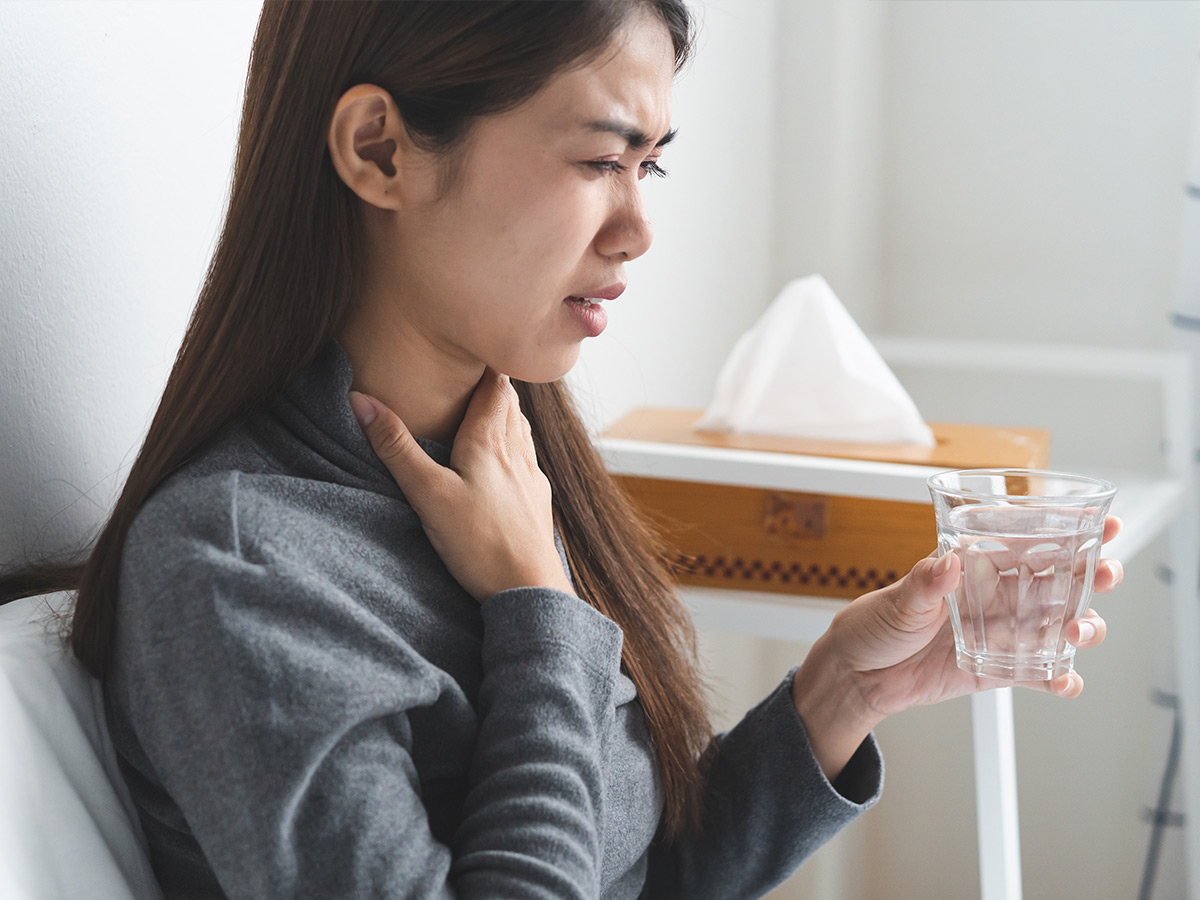
The flu primarily affects the respiratory system, including the nose, throat, and lungs. The virus infects the cells lining the respiratory tract, causing inflammation and leading to the characteristic symptoms of cough, sore throat, and runny nose. In severe cases, the flu can lead to pneumonia, bronchitis, and other respiratory complications.
Pneumonia, a dangerous lung infection, can develop when the flu weakens the body's defenses, allowing bacteria or additional viruses to invade the lungs. Individuals with pre-existing conditions such as asthma or chronic obstructive pulmonary disease (COPD) may experience exacerbated symptoms, worsening breathing difficulties. Bronchitis, another possible complication, occurs when the inflammation spreads deeper into the bronchial tubes, resulting in persistent coughing and chest discomfort.
Prevention: Norovirus

Since there’s no vaccine, prevention relies heavily on frequent handwashing, proper food handling and preparation, and disinfecting frequently touched surfaces. Handwashing with soap and water for at least 20 seconds is crucial, especially after using the restroom, before eating or preparing food, and after contact with someone who is ill.
Food should be cooked to the proper temperature and stored appropriately to prevent contamination. Surfaces such as countertops, doorknobs, and toilet handles should be regularly disinfected, especially during outbreaks.
Prevention: COVID-19

Effective prevention strategies include vaccination, wearing masks (especially in crowded or indoor settings), maintaining hand hygiene, and practicing physical distancing. Vaccination is the most effective way to protect against severe illness, hospitalization, and death from COVID-19. Masks help to prevent the spread of respiratory droplets and aerosols.
Frequent handwashing with soap and water or using hand sanitizer helps to reduce the risk of transmission from contaminated surfaces.
Prevention: Flu

The most effective way to prevent the flu is through annual vaccination. Other preventive measures include frequent handwashing and avoiding close contact with sick individuals. The flu vaccine is updated annually to match the circulating strains.
While it doesn't guarantee complete protection, it significantly reduces the risk of infection and the severity of symptoms. Handwashing with soap and water for at least 20 seconds is crucial for preventing the spread of the virus.
Treatment: Norovirus

There is no specific antiviral treatment for norovirus. Treatment focuses on managing symptoms, primarily by staying hydrated to replace lost fluids and electrolytes. Oral rehydration solutions are recommended to replenish electrolytes lost through vomiting and diarrhea.
In severe cases, hospitalization may be necessary for intravenous fluid replacement. Over-the-counter medications to stop diarrhea are generally not recommended, as they can prolong the illness.
Treatment: COVID-19
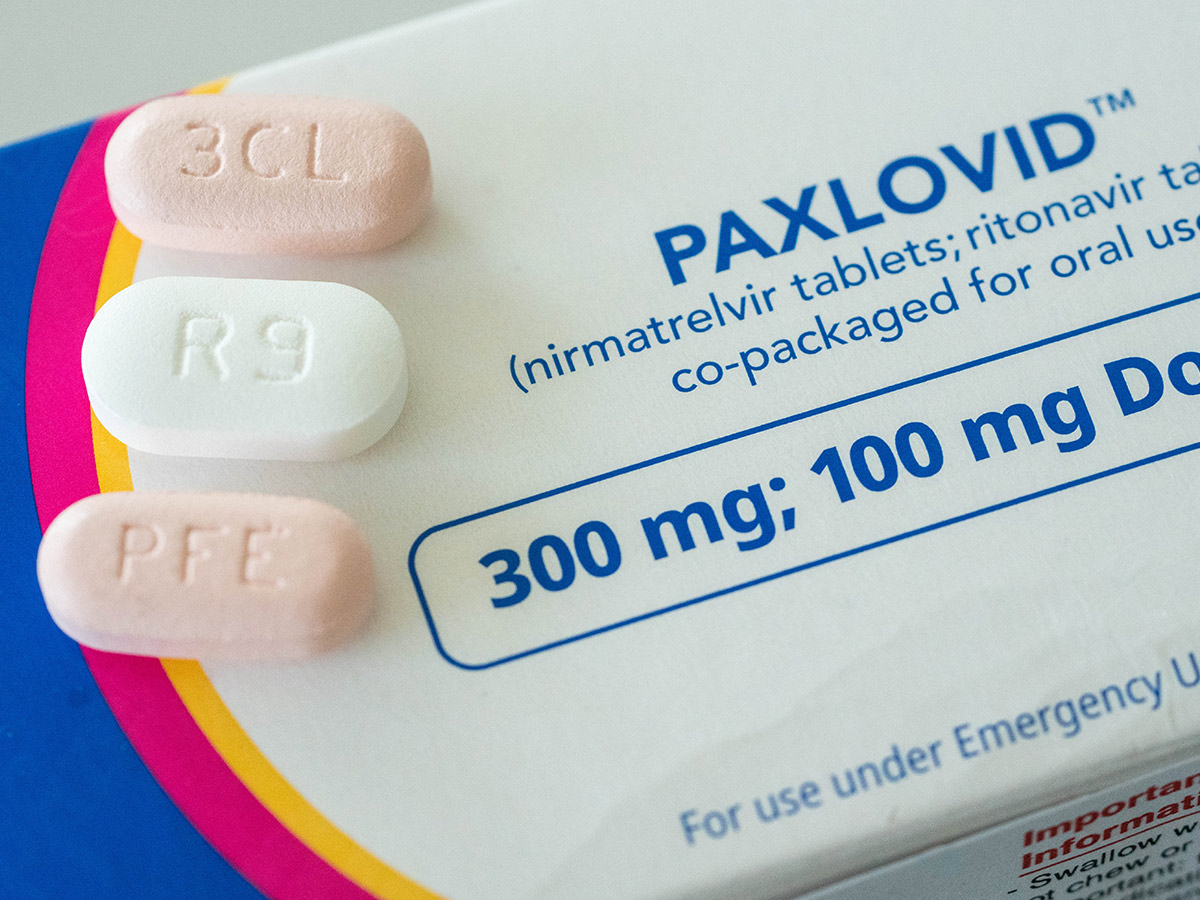
For mild cases, the primary focus is on symptom management and allowing the body to recover. Rest, hydration, and over-the-counter medications like acetaminophen (Tylenol) or ibuprofen can help reduce fever, body aches, and headaches. Cough syrups or throat lozenges may also provide relief for respiratory discomfort.
For those at higher risk of severe illness, antiviral medications such as Paxlovid (nirmatrelvir-ritonavir), Molnupiravir, and Remdesivir may be prescribed. These medications help reduce the severity and duration of the illness, especially if taken within the first few days of symptom onset. Monoclonal antibody treatments were previously available, but their effectiveness has declined with newer variants.
Treatment: Flu

Antiviral medications like Tamiflu can shorten the duration and severity of the flu if taken early (within 48 hours of symptom onset). Rest and hydration are also important components of treatment. Antiviral medications are most effective when started soon after symptoms appear, so it's important to consult with a doctor promptly if you suspect you have the flu.
Beyond antiviral treatment, getting plenty of rest is essential to help the body fight off the infection. Fatigue is a common flu symptom, and overexertion can prolong recovery. Staying hydrated is equally important, as fever and sweating can lead to dehydration, making symptoms like headaches and body aches worse. Drinking water, herbal teas, and electrolyte-rich fluids can help maintain hydration levels and support overall recovery.
Vaccines: Norovirus
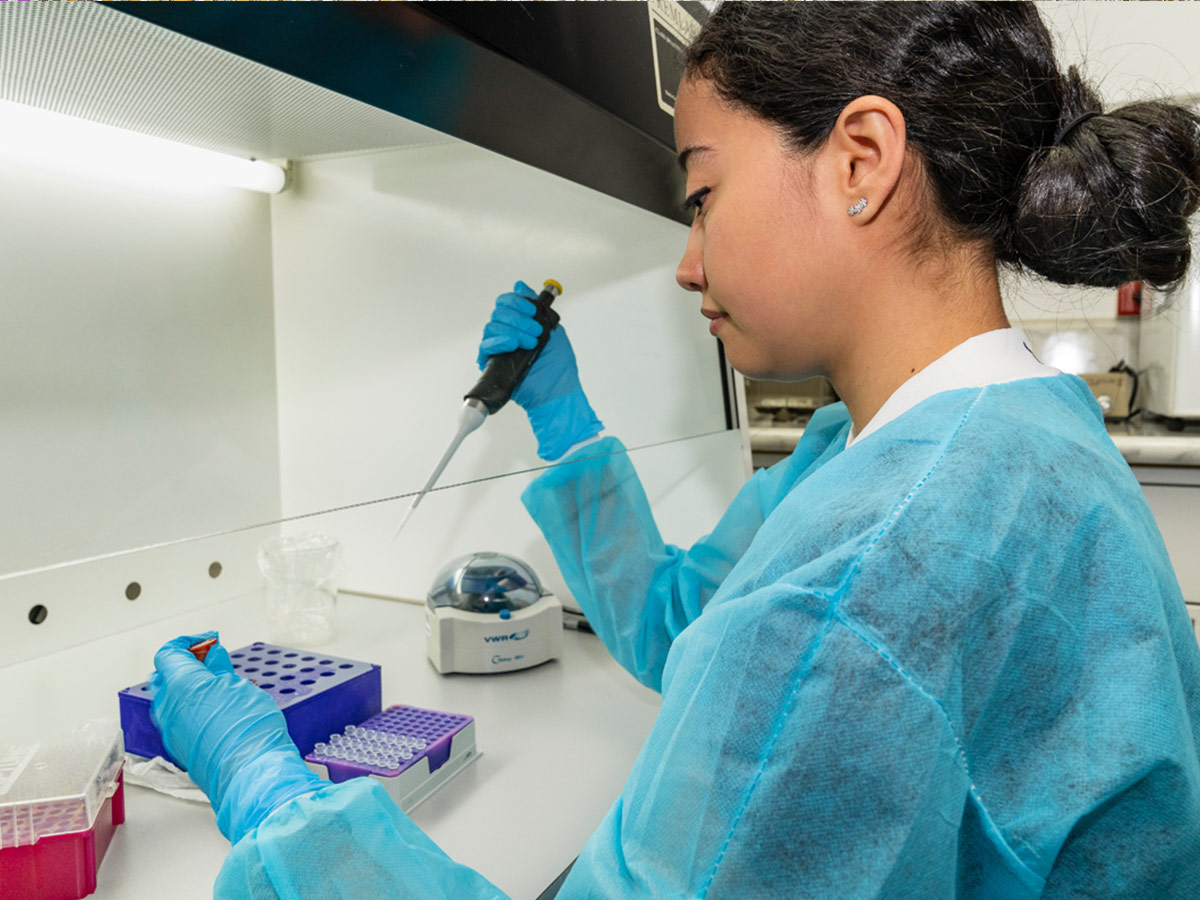
Currently, there is no vaccine available to prevent norovirus infection, making hygiene and sanitation crucial for control. Researchers are working on developing a vaccine, but the high number of strains and the lack of long-lasting immunity after natural infection present challenges.
One of the primary challenges is the sheer number of different norovirus strains. Unlike some other viruses where a single vaccine can provide broad protection, norovirus has multiple genotypes, and immunity to one strain does not necessarily confer protection against others. This means that a successful vaccine would likely need to be multivalent, targeting multiple prevalent strains to offer adequate protection.
Vaccines: COVID-19
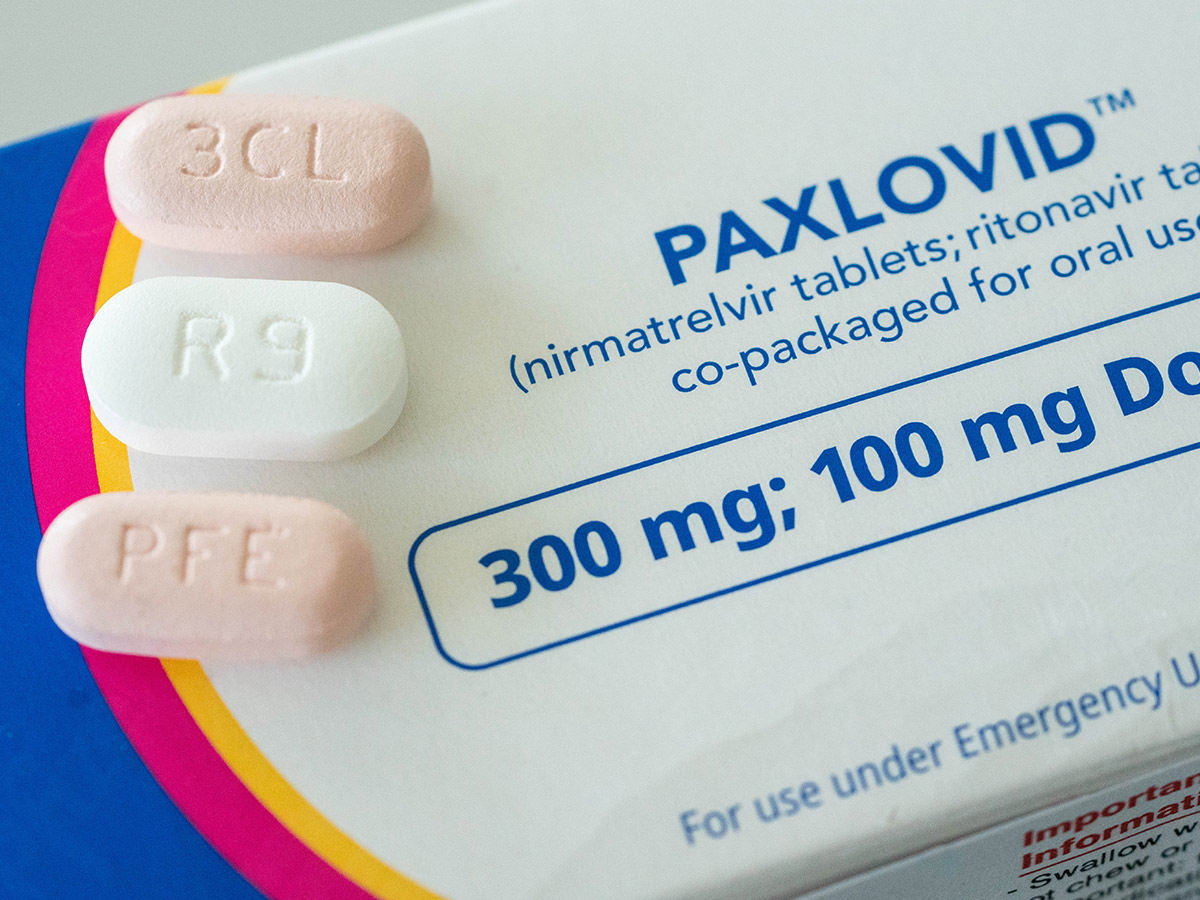
Several effective vaccines (Pfizer, Moderna, Johnson & Johnson, etc.) are available and recommended for most individuals. The vaccines have been shown to be safe and effective in preventing severe illness, hospitalization, and death from COVID-19. Booster doses are also recommended to maintain immunity over time.
COVID-19 vaccines are updated yearly to better protect against the currently circulating strains. These vaccines are widely available at pharmacies, clinics, and healthcare providers' offices, and you can find a vaccine provider near you by visiting vaccines.gov.
Vaccines: Flu

Annual flu vaccines are widely available and are updated each year to match the circulating strains. The flu vaccine is recommended for everyone 6 months of age and older, with certain individuals, such as young children, older adults, and those with chronic health conditions, being at higher risk of complications and therefore prioritized for vaccination.
Flu vaccines are safe and effective, though some people may experience mild side effects like soreness at the injection site or a low-grade fever. Serious side effects are rare. Certain individuals, like those with egg allergies or specific medical conditions, should discuss their options with their doctor.
Common Misconceptions: Norovirus

Norovirus is often mistaken for "stomach flu" or food poisoning. It's important to remember it's a viral infection, distinct from bacterial food poisoning. This distinction is crucial for appropriate treatment. While food poisoning is often caused by bacteria or toxins, norovirus is a virus that directly infects the cells of the digestive system.
Food poisoning is often caused by consuming food contaminated with bacteria (like Salmonella or E. coli). These bacteria or toxins can damage the digestive system, leading to illness. Norovirus, on the other hand, is a virus that directly infects the cells lining the stomach and intestines.
Common Misconceptions: COVID-19
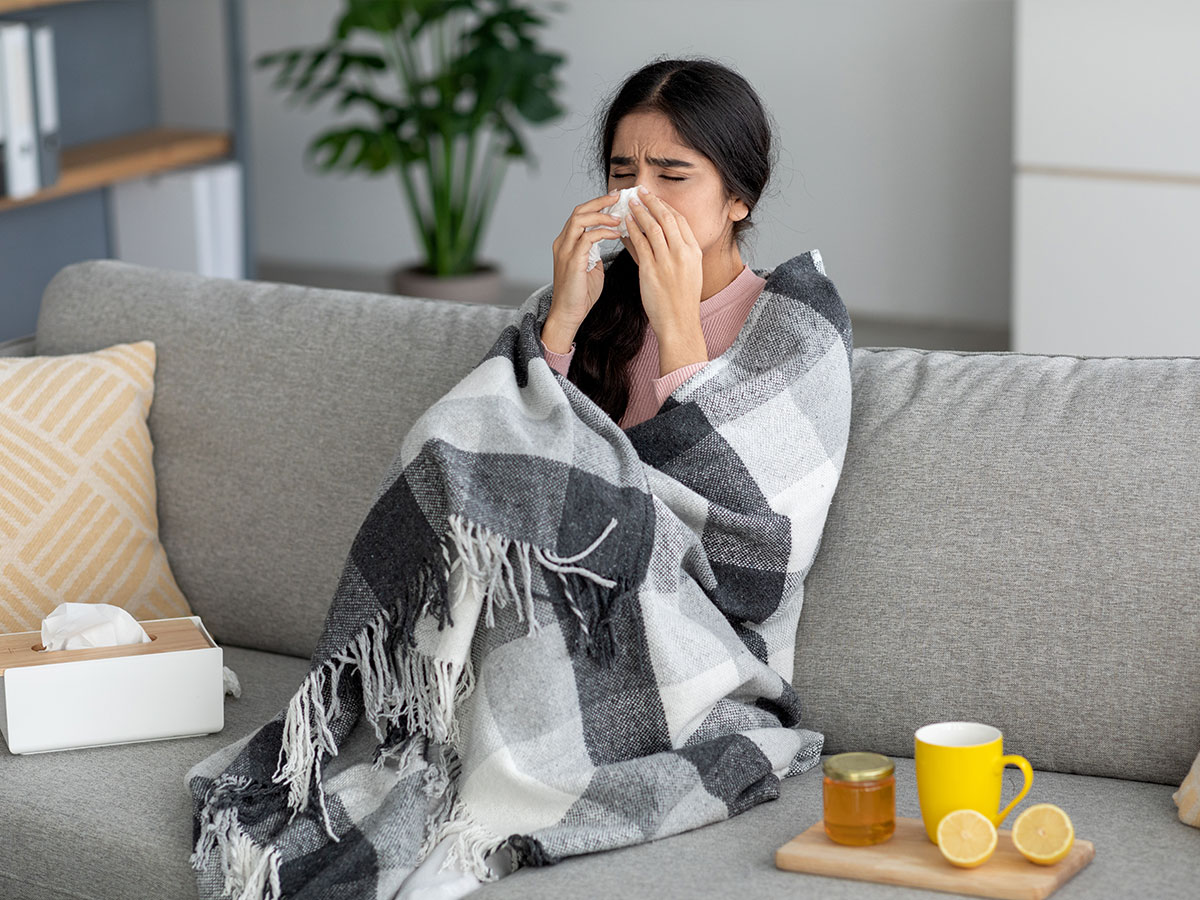
One misconception is that COVID-19 is “just like the flu.” While some symptoms may overlap, COVID-19 can be significantly more severe and can lead to long-term health problems. Another misconception is that only older adults are at risk. While older adults are at higher risk of severe illness, people of all ages can be infected and experience serious complications.
The risk of hospitalization and death is also generally higher with COVID-19, especially for unvaccinated individuals. Perhaps most concerning is the potential for long-term health problems following a COVID-19 infection, often referred to as "long COVID" or post-acute sequelae of SARS-CoV-2 infection (PASC). These long-term effects can include persistent fatigue, shortness of breath, cognitive dysfunction, chronic pain, and other debilitating symptoms that can significantly impact quality of life and ability to work.
Common Misconceptions: Flu
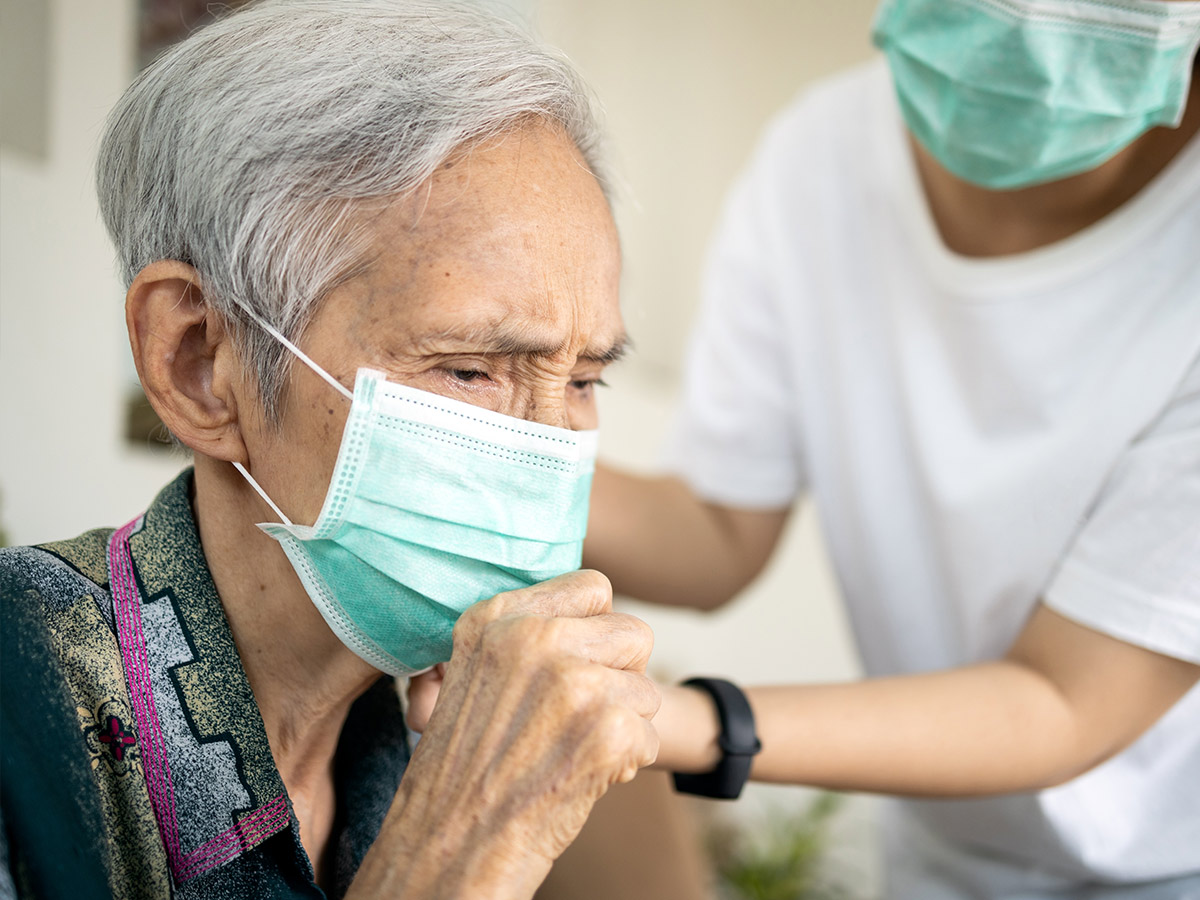
Many underestimate the seriousness of the flu. While often considered a mild illness, it can lead to serious complications like pneumonia, especially in young children, the elderly, and individuals with chronic health conditions. The flu is a leading cause of death, particularly among vulnerable populations.
Another misconception is that the flu vaccine can give you the flu. The flu vaccine contains inactivated (killed) virus or a single protein from the flu virus, so it cannot cause infection. The side effects of the flu vaccine are usually mild and short-lived.
 Author
Ron Winkler
Last Updated: August 13, 2025
Author
Ron Winkler
Last Updated: August 13, 2025
